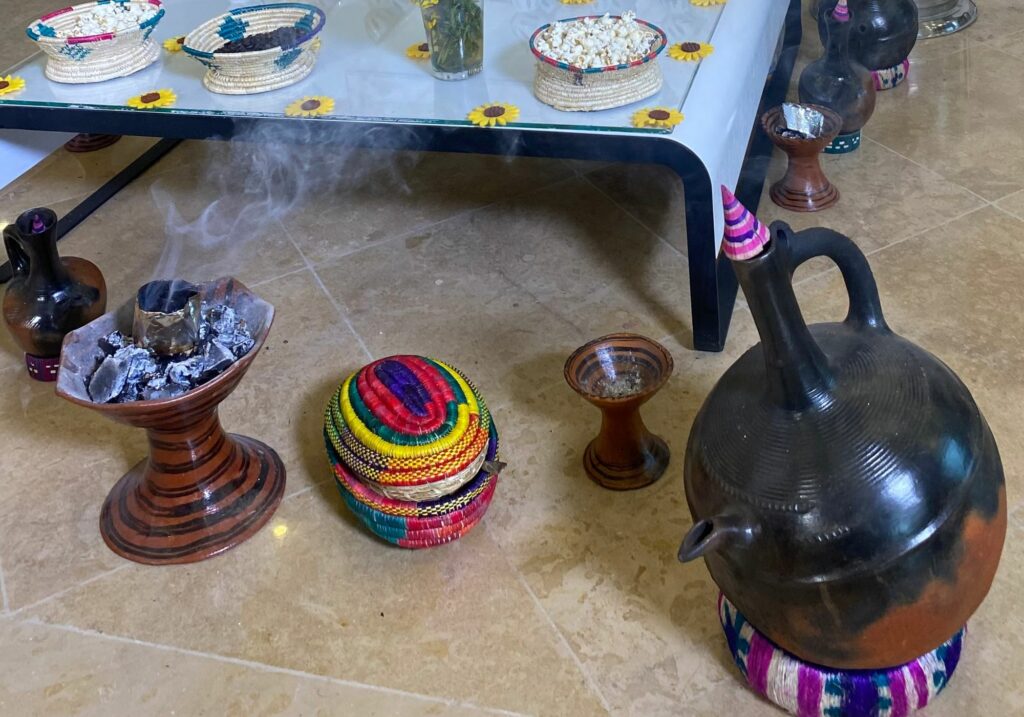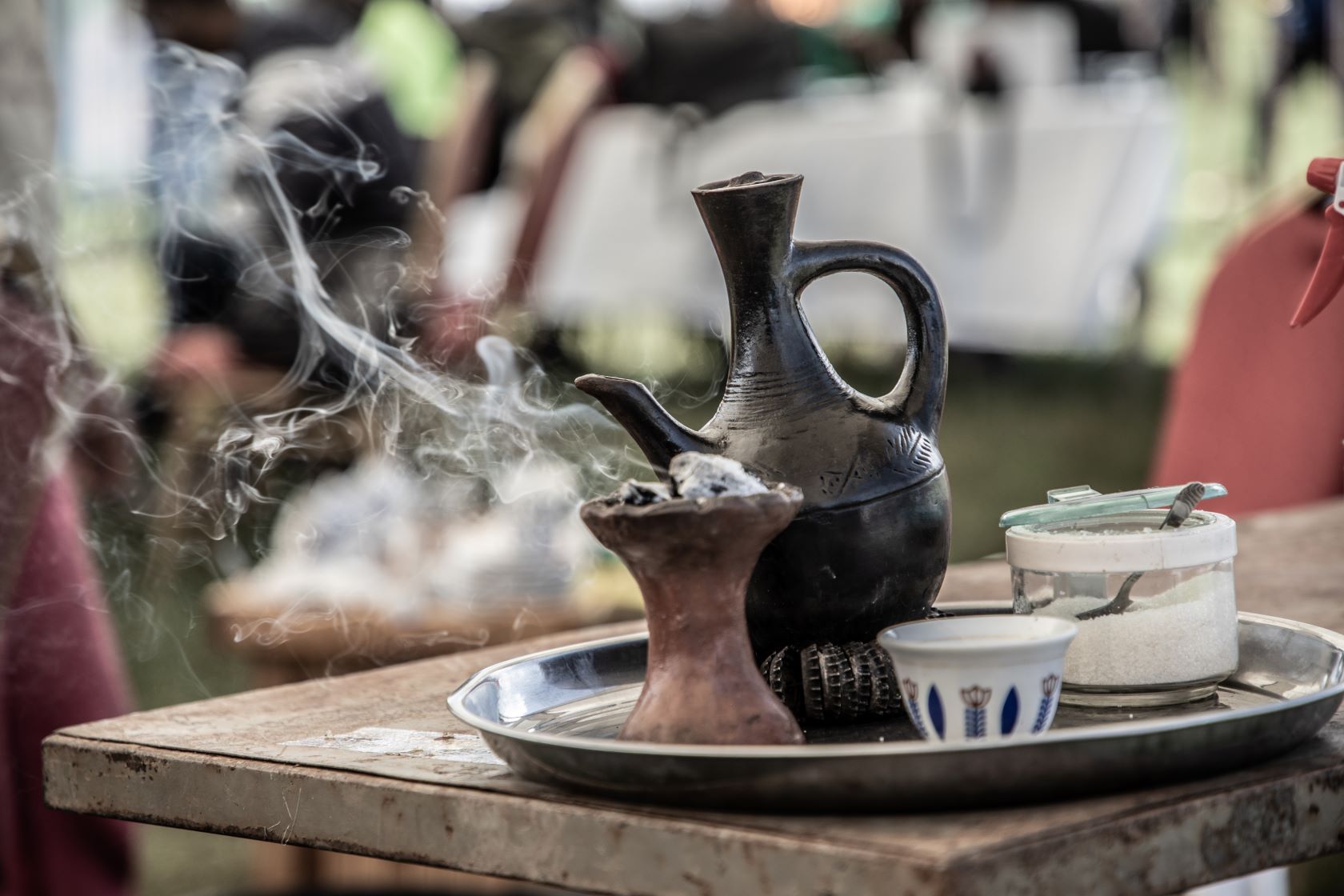- Ethiopia is known as the birthplace of the coffee plant, Coffea Arabica. Arabica is one of the two most used beans in the consumption of coffee – the other one being Robusta – and is used in roughly 70% of all coffee produced worldwide. It was originally discovered by a young goatherd in south-western Ethiopia. Despite containing less caffeine than Robusta, Arabica beans are considered superior in taste.
- As well as its early beginnings, coffee has an important place in Ethiopian history. At the end of the nineteenth century the Ethiopian Emperor Menelik II used coffee export earnings to buy weapons which were used to defeat the Italians at the Battle of Adwa in 1896, ensuring that Ethiopia became the only African country never to be colonised.
- Coffee is Ethiopia’s biggest export. Typically, coffee accounts for around 30% of the country’s exports. This means that it ranks highest among Ethiopia’s exports ahead of gold, oil seeds, cut flowers and leather.
- Ethiopia is the world’s fifth-largest producer of coffee. The country produces roughly 500,000MT. But this is way behind Brazil, the world’s biggest coffee producer, which produces annually almost 8 times this amount. Brazil has been the world’s top coffee producer for the past 150 years.
- Germany and Saudi Arabia are the principal export markets for Ethiopian coffee. By volume they together account for roughly 40% of all coffee exports from Ethiopia, ahead of Japan, USA, and other European countries.
- Ethiopia currently exports only about 50% of the coffee it produces, with almost 50% consumed locally. Walk down any street of a major town or city in Ethiopia and you will find people drinking coffee!
- There are more than 5 million smallholder farmers in Ethiopia. Together they account for more than 95% of all coffee cultivated in Ethiopia. Roughly 10% of all coffee grown is grown wild in forests, 30% semi-wild, 50% as garden coffee (by smallholder farmers) and 10% as plantation coffee.
- Ethiopia has nine coffee growing regions. In all these regions coffee is cultivated at altitudes of 1500m – 2200m. Probably the two best known are the Sidama and Yirgacheffe regions in the south of Ethiopia where the coffee is known for its floral and fruity flavours.
- The Ethiopian coffee ceremony is an important part of Ethiopian culture. You might pop a bottle of champagne to celebrate success in any other country of the world, but here you drink coffee and you enjoy this best as part of the traditional coffee ceremony with incense sticks burning, popcorn offered as snacks and grass spread over the floor.

10. The word for coffee in Amharic is ‘buna’. It’s also the same word used for the colour brown. If you’re after a coffee with milk, then ask for a ‘buna-ba-wetet’.





Hi, this is a comment.
To get started with moderating, editing, and deleting comments, please visit the Comments screen in the dashboard.
Commenter avatars come from Gravatar.